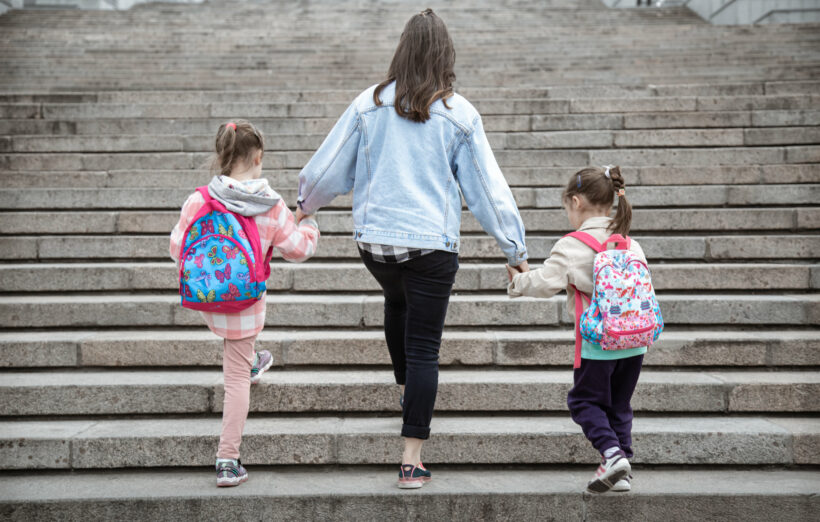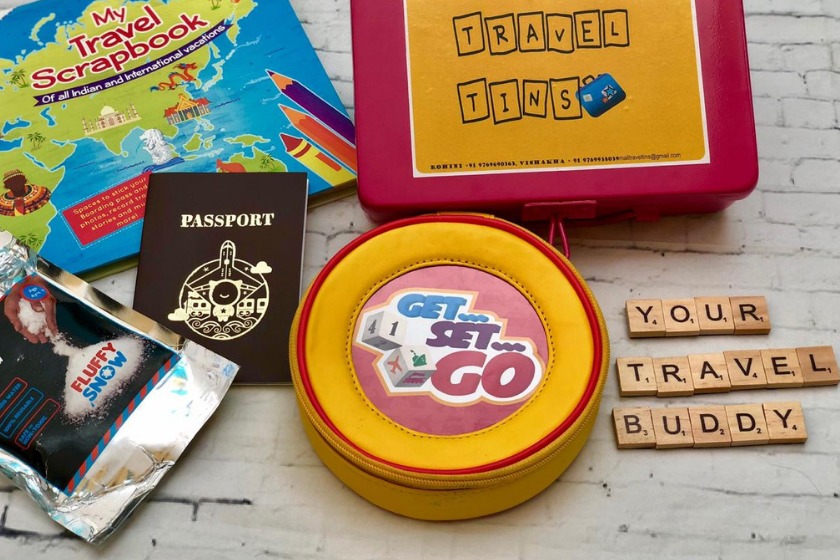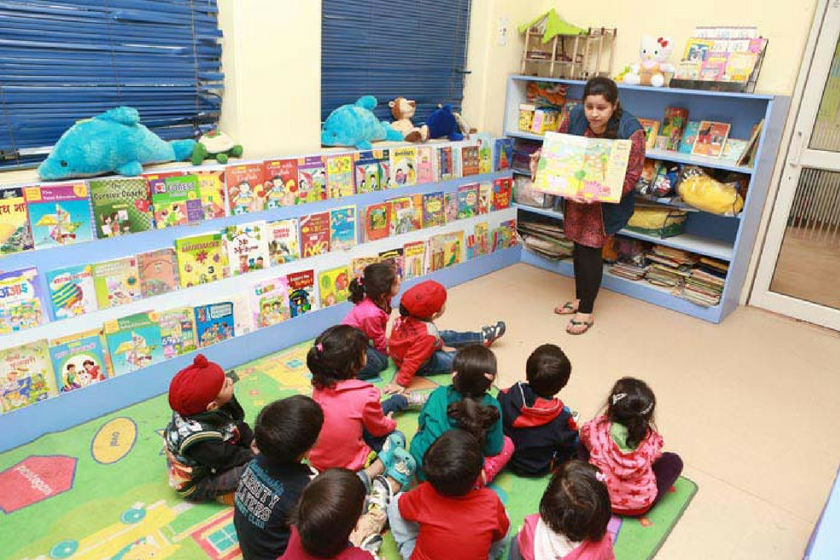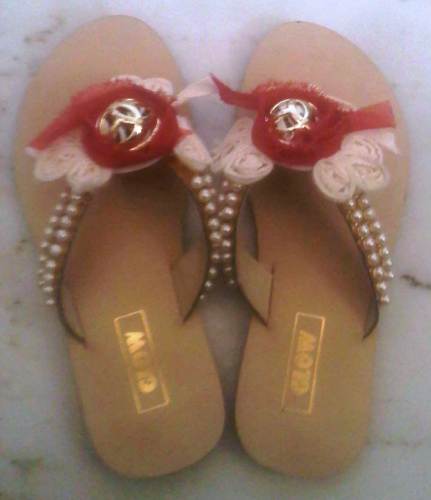When your child first starts school, it can be really tempting to go all out and get them that special backpack that says their name. Even water bottles and personalised lunch boxes might seem like a great idea. No one can accidentally go home with your kid’s stuff – right?
In an era where personalisation has become a hallmark of consumer culture, it’s no surprise that parents are eager to customize items for their children. From monogrammed backpacks to custom-made clothing, the desire to make kids’ possessions unique is on the rise.
However, as we embrace this trend, it’s important that we think about the fact that in our quest for personalisation are we putting our kids at risk?
I remember there was a case I read about in the newspaper recently where a child was standing outside a shop and the parent had gone inside to pick something. He was carrying a knapsack which displayed his name. A woman came and called out his name and obviously, the child turned to respond. Some story was made up about the parent calling the child & the child in all innocence didn’t even think he doesn’t know this person – after all he had called him by his name. Thankfully the parent came out at the right time and a scary situation was diverted.
Susan Kennedy from the National Center for Missing & Exploited Children says
Focus on teaching children about types of people, we should focus on rules, expectations, and appropriate behaviour by adults and what to do if they are ever in an uncomfortable or even dangerous situation. One way to do this is to make sure their kids know how to identify safe and unsafe behaviour by adults.
How To Keep Your Child Safe From Predators
Circle of Safety
Have multiple conversations with your kids when they start moving around without being attached to you at the hip. They have to understand the circle of safety. Share with them the names of people – family members, house help or friends – who are in that circle. People you trust blindly should be the only ones a child should leave any place with if a parent is not around.
Make sure your child knows not to get in a car with any adult—even those they know—without your permission. That security & trust your kids have matters a lot. You should make it a rule that unless informed, they should ask to speak to a parent before leaving with someone else, even if they know them.
Code Blue
Sit with your child and decide on a code that is known only to you (the parents) & your child. this secret code should be something you will both remember but won’t be easy for an outsider to guess. This code should not be shared with anyone else unless in an emergency
If someone who your child doesn’t know approaches them and wants to take them home on the pretext that ‘Mom told me to pick you up’, they should ask them to tell them the code first. What this does is let the child know that the person picking them up has actually been sent by Mama or Papa. If they don’t know the code, ask your child to refuse to go with that person.
Label Items Discreetly
Avoid labelling clothes, bags or other items on the outside, with the child’s name or nickname prominently visible—especially because a child may not always be under the constant watch of an adult. Think about labelling your child’s belongings in a way that would be easy for someone to see if they were trying to identify the owner of a lost item, but not so that his or her name is easily visible to everyone your child interacts with.
Thing To Teach Your Kids About Safety
- Point out places kids can go for help when walking a familiar route, such as to school.
- Remind them to travel and stay with a group.
- Warn them about accepting rides or changing plans without your permission.
- Teach them the tricks would-be abductors use, such as offering money or asking for help.
- Encourage them to tell a trusted adult whenever anything or anyone makes them uncomfortable.
Are there any tips you have for fellow parents? Share them with us in the comments below. Let’s find ways to keep our kids safe.


















